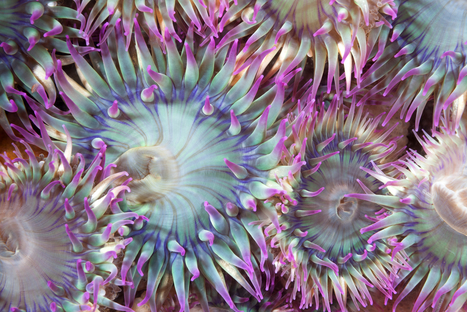
|
Scooped by Robin Good |
Among the types of content curation that are broadly used, content aggregation has been one of the first and most popular approaches that has naturally sprung up.
Content aggregation itself can be carried out in many different ways, from a completely manual approach to a fully automated one, with many different shades in between.
If you are interested in learning more about these, and about how to aggregate content in the most ethical and professional fashion, I strongly suggest reading these two short articles written by two curation professionals:
- http://mindymcadams.com/tojou/2013/aggregation-and-curation-in-journalism/
- http://stevebuttry.wordpress.com/2012/05/16/aggregation-guidelines-link-attribute-add-value/
The two articles offer clear guidelines, real-world examples and recommendations on how you can make content aggregation provide true additional value to both the content sources used and to the readers alike.
Recommended. 8/10
Original article: http://stevebuttry.wordpress.com/2012/05/16/aggregation-guidelines-link-attribute-add-value/
(Image credit - Sea anemons by Shutterstock)



 Your new post is loading...
Your new post is loading...









Among the types of content curation that are broadly used, content aggregation has been one of the first and most popular approaches that has naturally sprung up.
Content aggregation itself can be carried out in many different ways, from a completely manual approach to a fully automated one, with many different shades in between.
If you are interested in learning more about these, and about how to aggregate content in the most ethical and professional fashion, I strongly suggest reading these two short articles written by two curation professionals:
http://mindymcadams.com/tojou/2013/aggregation-and-curation-in-journalism/ ;http://stevebuttry.wordpress.com/2012/05/16/aggregation-guidelines-link-attribute-add-value/ ;
The first, by Mindy McAdams is a curated version of the second one which was published more than a year earlier by Steve Buttry. Together they do an excellent job of clarifying to the non-expert what curation and aggregation are all about.
The two articles offer clear guidelines, real-world examples and recommendations on how you can make content aggregation provide true additional value to both the content sources used and to the readers alike.
Recommended. 8/10
Original article: http://stevebuttry.wordpress.com/2012/05/16/aggregation-guidelines-link-attribute-add-value/ ;
(Image credit - Sea anemons by Shutterstock)
A useful introduction to the mechanics of "curation"
Thank you for sharing Robin, excellent read and your insights